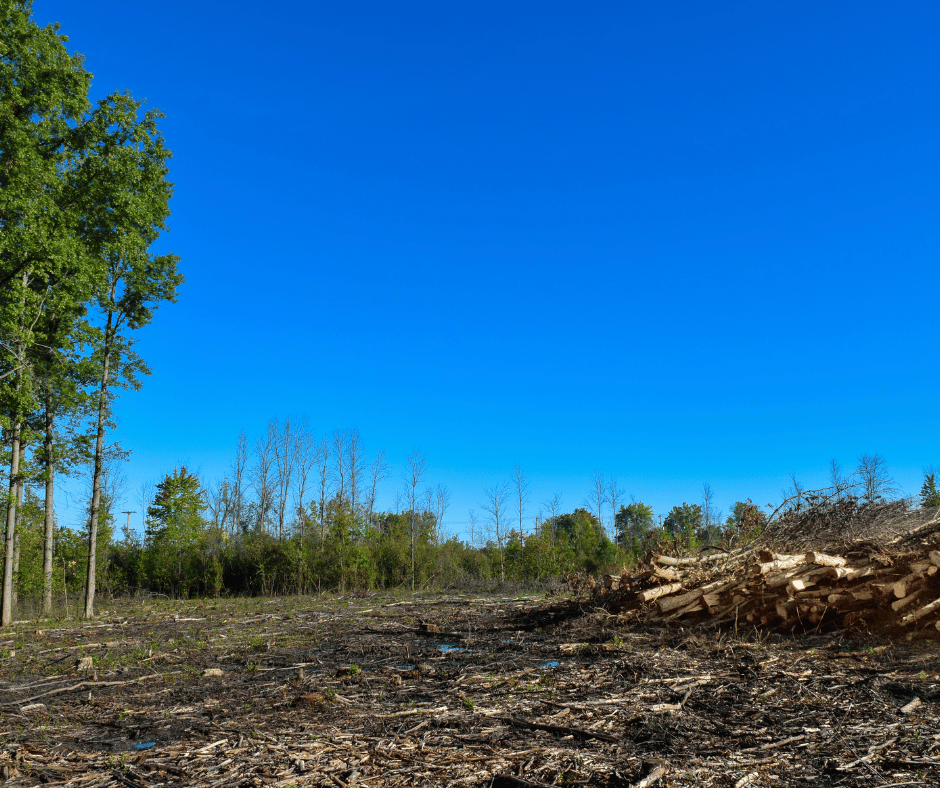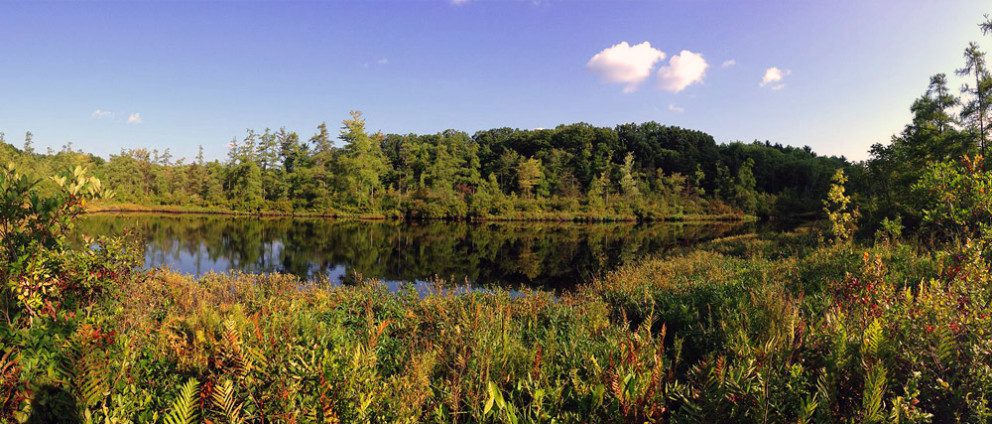Hardwood Timber Price Market Report 2014 provides valuable insights into the trends and fluctuations in the Appalachian-region hardwood market. The following is the first of a quarterly installment on this blog, detailing recent market shifts and specific trends for commonly desired species such as red and white oak, hickory, walnut, hard and soft maple, and more. Overall, the market for hardwood timber has strengthened, following it’s typically pro-cyclical pattern and the improving global economic outlook.
Improving Timber Demand: A Brief Market Overview
As 2013 came to a close, housing starts surged over 22%From a demand perspective, the continued recovery of the American economy is translating into a lift to hardwood values.

Hardwood Timber Price Market Report 2014
A relative shortage of logging companies, coupled with strong domestic and international demand for hardwood lumber stocks, has driven a significant improvement in prices within the regional hardwood market. Mills are depleting their winter stocks and operating within tighter supply chains due to the natural downturn in logging activities caused by winter weather and poor logging conditions. Overall, strong economy-wide fundamentals are supporting the continued rise in hardwood timber prices.
According to the “Ohio Sawlog Price Index” reported by the Ohio State University Extension, the real sawlog price index decreased slightly from Spring 2013 to Fall 2013, though it remained above 100% for two consecutive reporting periods for the first time since 2007.
In short, there is good reason to be optimistic about prospects for the hardwood timber market in the coming year, a story that played out in the 2013 stumpage reports and has continued into 2014.
Specific Timber Market Insights

Hardwood Timber Price Market Report 2014
While the hardwood timber market has seen solid growth in value over the past several years, different species in the hardwood forest have not experienced equal gains. Various factors interact to determine market dynamics, but isolated shocks to supply or demand, caused by disease or design trends, can have a surprisingly strong impact. These effects are explored in more detail below.
When examining these reports, keep in mind that timber pricing has a strong regional component. The distance to sawmills and their availability can significantly impact the prices paid for a stand of timber at the stump.
Cherry
As with most of the hardwood species surveyed in this data, Cherry prices for the best grades improved over the course of 2013 while the overall average price of Cherry across all grades remained relatively flat.
This fits with the longer term trends for Cherry. A large reason for this effect is the
Hard Maple
Prices for Hard Maple sawlogs improved across 2013 with the greatest gains going to prime and veneer grade logs.
Hickory
As with Yellow Poplar, Hickory underwent a strong, overall average price increase across all grades. Undoubtedly influenced by the recovering housing market, Hickory prices improved on average by 9% over the year.
Hardwood Timber Price Market Report 2014
Red Oak
Red Oak prices were mixed during the 2013 year. While average prices for prime Red Oak improved over 30%, across all grades of Red Oak prices fell around 11%. This overall decline is most probably due to the decline in the price for no. 3 common grade Red Oak which represented a disproportionate amount of the total Red Oak harvest for the year.
Walnut
Walnut remains, on average, the most valuable species of hardwood timber harvested commercially. As expected, it holds the highest price among hardwood species. From Spring to Fall 2013, walnut prices jumped about 8% across all grades, with prime and No. 1 common logs experiencing impressive price increases of 32% and 35%, respectively.
White Oak
White Oak is among the most important species’ of timber grown in the N. American forest. It is prized for its density and durability and therefore makes excellent lumber. Though there is evidence that throughout much of the country the stock of larger-diameter White Oak trees is increasing, strong demand for White Oak lumber has outpaced this trend and stumpage prices for White Oak remained strong throughout 2013.
While the mean price for all grades of White Oak was mostly flat, the price for prime logs increased 24% from the Spring to the Fall of 2013.
Tulip Poplar
Yellow Poplar experienced an 11% increase in its average price across all grades, while the best grade of Yellow Poplar improved over 30% between the Spring and Fall.

